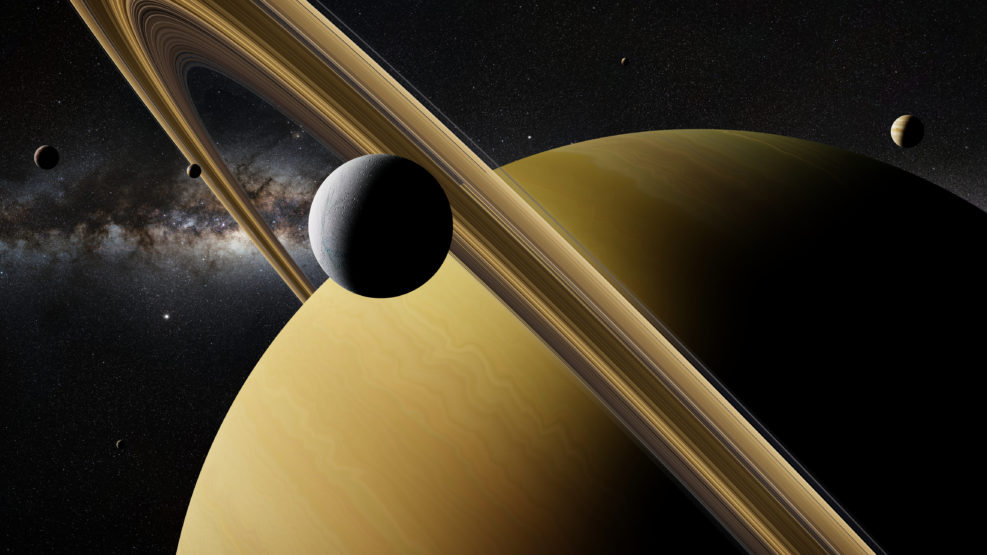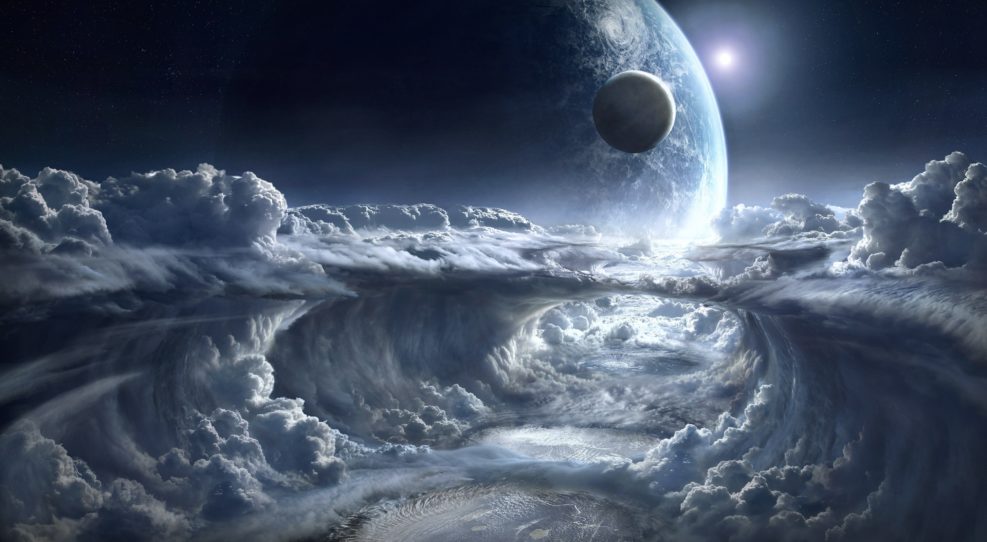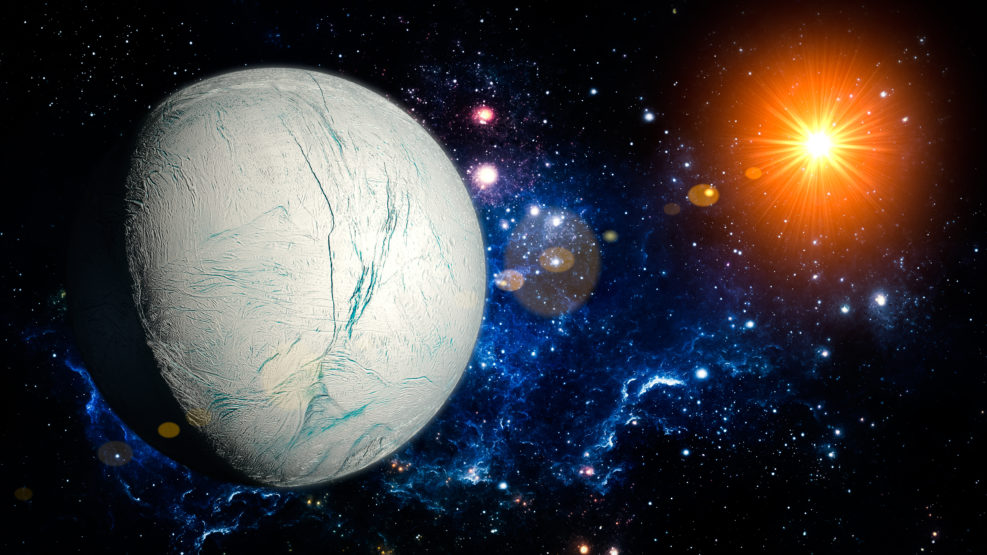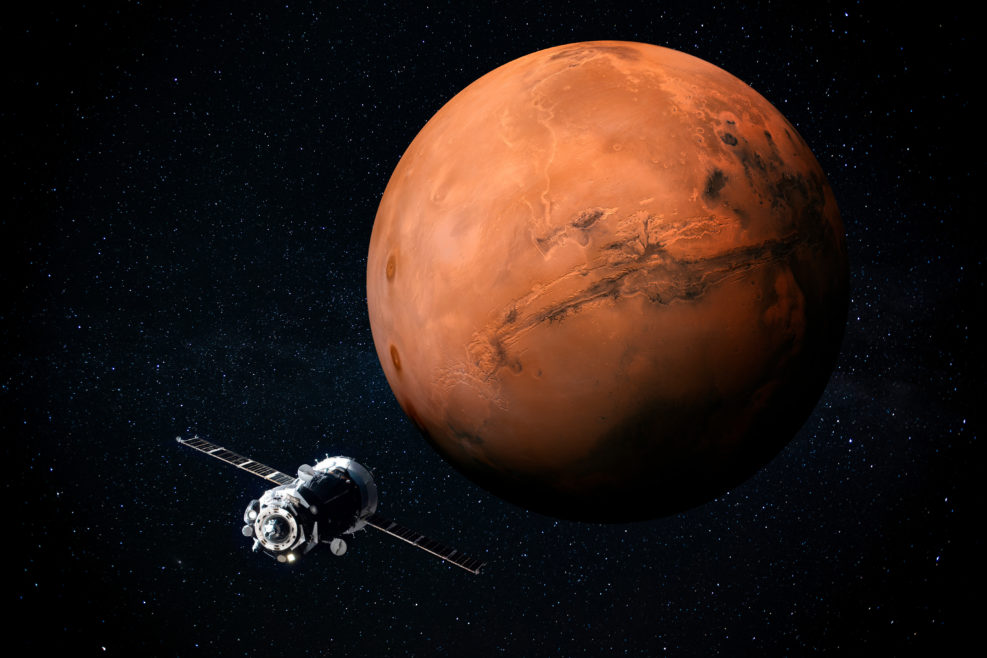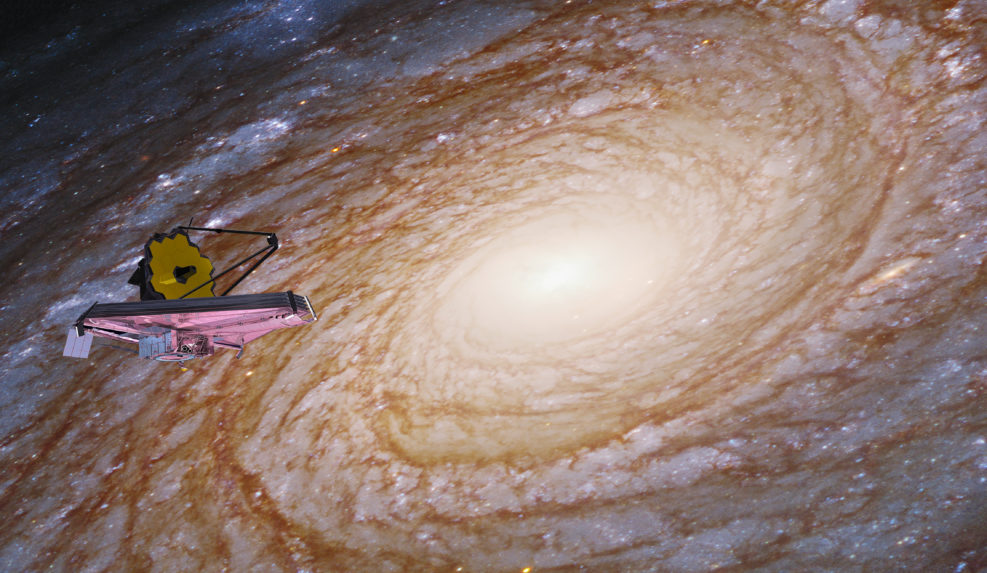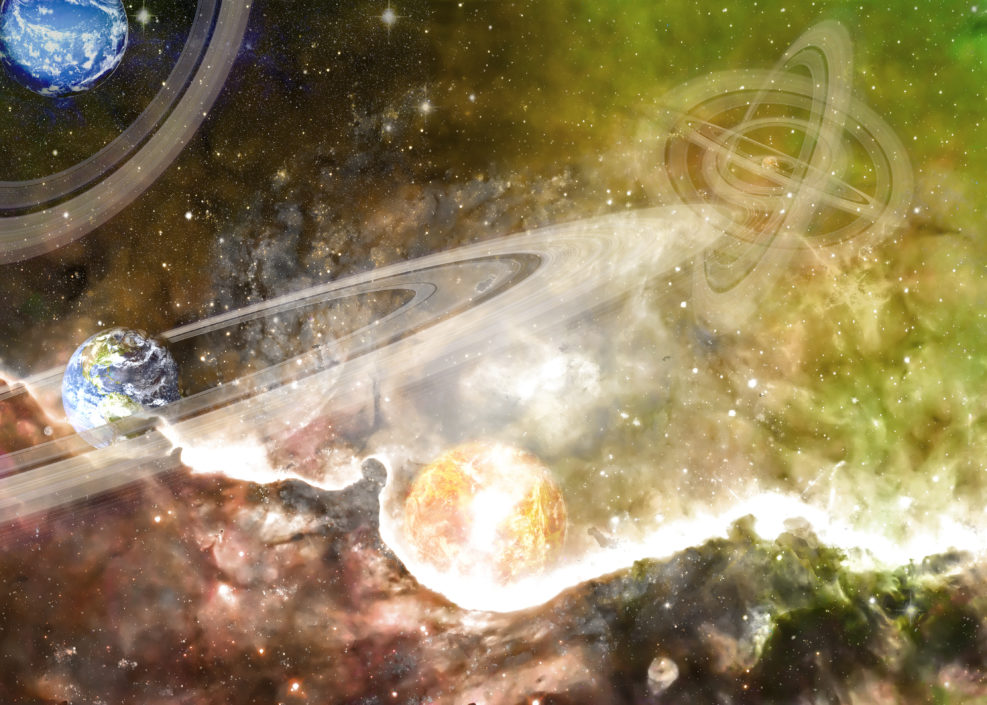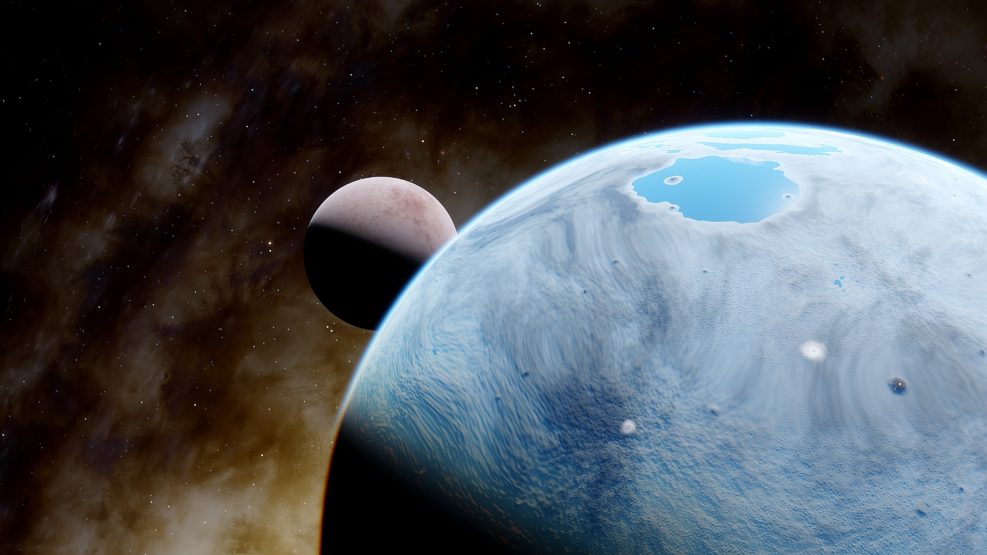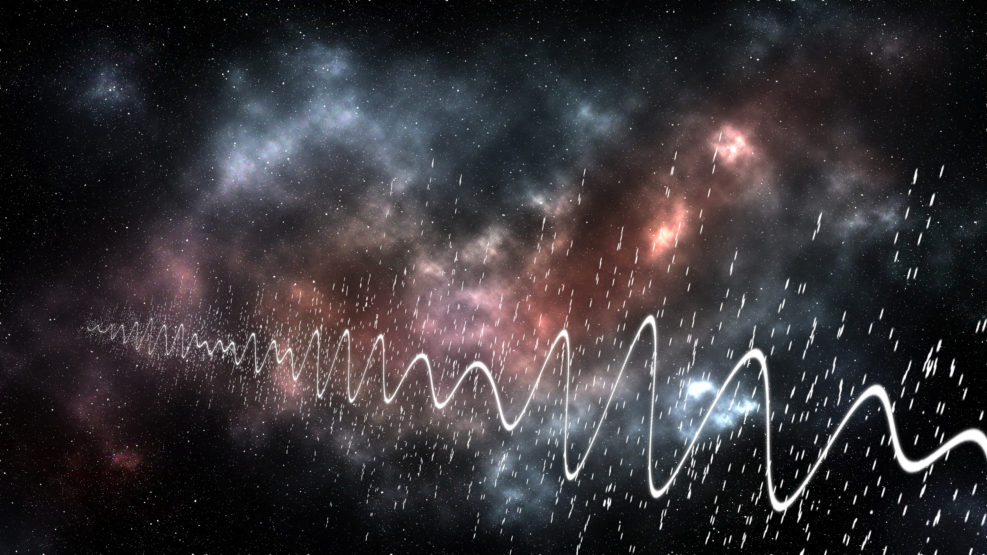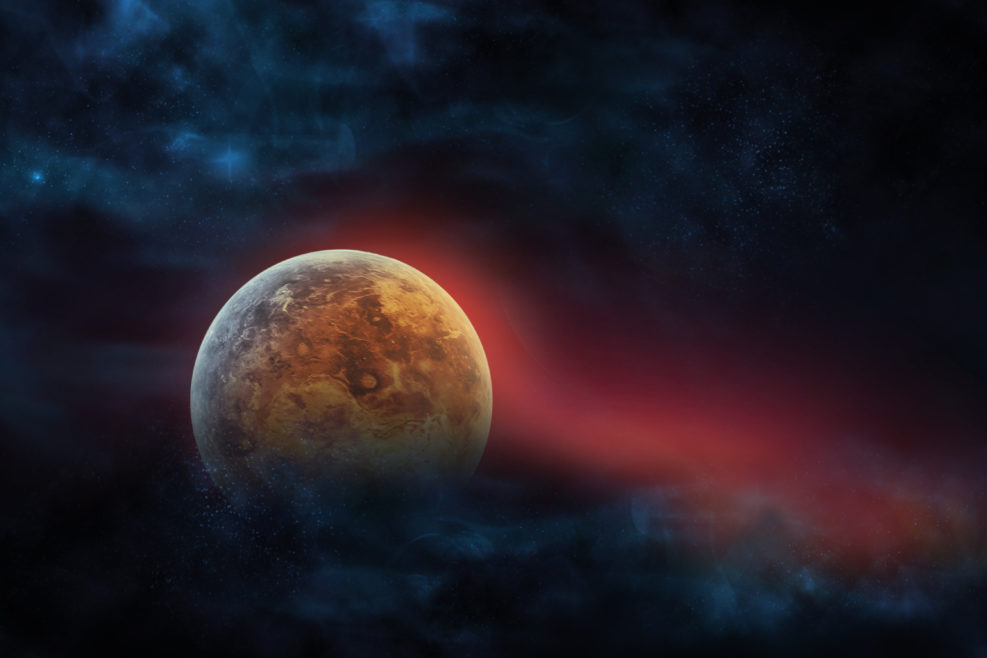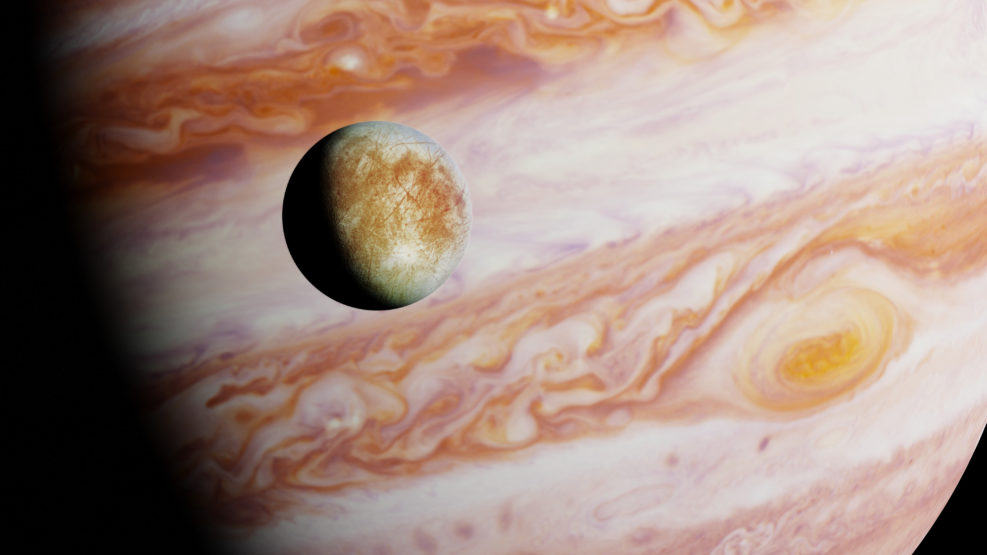
News From the Search for Extraterrestrial Life 9
NASA is readying a set of eight instruments for the Ocean Worlds Life Surveyor to search for life on Jupiter’s moon Europa and Saturn’s moon EnceladusIn our universe The universe (as much of we know of it) has now been mapped: With 56,000 galaxies, there wold be, in principle, many places to look for life: “Galaxies, such as the Milky Way, are the building blocks of the universe, each comprised of up to several hundred billion stars.” – Phys.org A big barrier to exploration is, of course, the speed of light; most galaxies are many light years away and nothing moves faster than light. Incidentally, a group of astronomers recently claimed to have detected matter exceeding the speed of light. We asked theoretical physicist Rob Sheldon about that and he replied, “No, it isn’t going faster than the speed of light. Most superluminal objects are Read More ›
